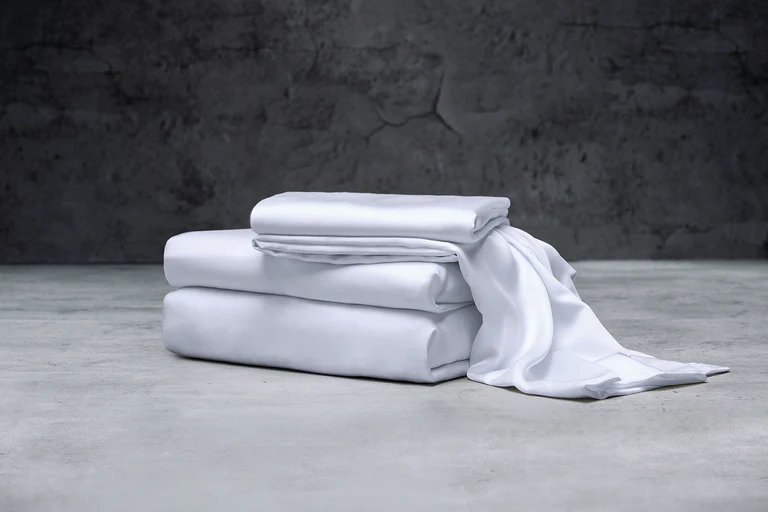Dealing with the overstock of home textile companies can be a challenging task, but there are several strategies that can be employed to address this issue and optimize inventory levels. Here are some approaches to help solve the overstock problem:
- Demand Forecasting: Improve demand forecasting to accurately predict customer preferences and market trends. By understanding the demand patterns, home textile companies can adjust their production accordingly, reducing the risk of overstocking.
- Promotions and Discounts: Offer targeted promotions, discounts, or sales to incentivize customers to purchase the excess inventory. This can help clear out overstock items while attracting new customers.
- Product Bundling: Create product bundles by combining slow-moving items with popular ones. This can increase the perceived value of the bundle and encourage customers to buy the overstocked items along with other products.
- Market to New Segments: Identify and target new customer segments that may have an interest in the overstocked items. This can be achieved through targeted marketing and outreach efforts.
- Collaborate with Retailers: Work closely with retailers and distributors to find opportunities for them to sell the excess inventory. Establishing strong partnerships can help increase the visibility and distribution of home textile products.
- Donate or Recycle: Consider donating excess inventory to charitable organizations or recycling fabrics to minimize waste. This not only helps clear out the overstock but also contributes to corporate social responsibility efforts.
- Repackaging or Rebranding: Repackage or rebrand the overstocked items to give them a fresh appeal. Sometimes, a new look or marketing strategy can attract customers to purchase the products.
- Liquidation Sales or Outlet Stores: Hold clearance or liquidation sales events or establish outlet stores to offer discounted prices on overstocked items.
- Optimize Production Planning: Analyze production processes and inventory management to avoid overproduction. Implement just-in-time inventory management to produce goods as needed.
- Feedback Analysis: Gather customer feedback and analyze product reviews to understand why certain items are not selling well. This insight can help make improvements or inform future product designs.
- Strategic Partnerships: Collaborate with other companies or retailers to redistribute excess inventory or create joint promotions.
- Contract Manufacturing: If possible, consider using contract manufacturing or on-demand production to reduce the risk of overstocking.
It’s essential for home textile companies to continuously monitor inventory levels, sales data, and market trends to adjust their strategies accordingly. Combining multiple approaches can be more effective in tackling overstock issues and maintaining a healthy inventory balance.
